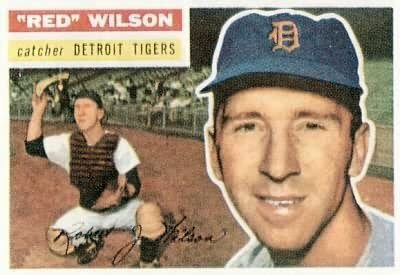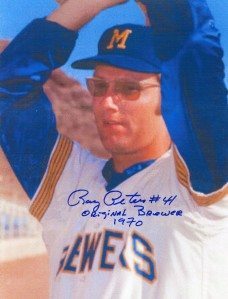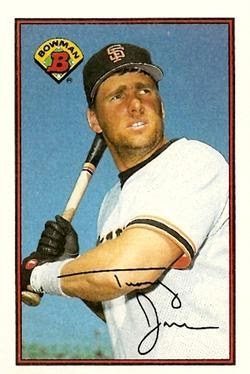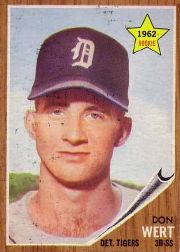I wrote about Tracy Jones and his autograph signing attitudes back in 2012.
Al Kaline
Goodbye, Detroit Tigers Catcher Bob ‘Red’ Wilson
 |
| To the end, he signed first name and nickname. |
Gotta love those 1950s players
Valentine Strategy For Autograph Collectors?
I think autograph collectors send their symbolic pink and red hearts to the wrong people.
1970 Brewer Pitcher Ray Peters Amazes
 |
| Just two starts in the bigs, then selling for 99 cents on ebay? Ray Peters deserves better! |
To be honest, I groaned when I opened the envelope.
I cherish hand-written replies to my questions. A former Milwaukee Brave (whose reply will be shared in the next week) seemed to use a manual typewriter to send a flawless, hand-crafted reply. Look at his page and you’d time-travel back to the 1950s.
But this one? I saw that “Tom” was hand-written atop a preprinted page. Was this an autograph price list?
Hardly!
Ray Peters, a 1970 Milwaukee Brewers pitcher for two games, condensed his baseball life into a one-page narrative. He added details about his minor league adventures, and a note about he ALMOST appeared on two Topps cards. Peters holds the distinction of being a first-round draft pick for the 1969 Seattle Pilots. Teams had tried to draft the Harvard product four times without signing him.
I marveled at seeing his two major league starts summed up in one sparkling paragraph:
“Though my major league career was a matter of days, I was fortunate to pitch against my batting heroes when I was growing up — Al Kaline was my favorite right-handed batter and Vada Pinson was my favorite left-handed hitter. I walked Kaline and got Pinson (who should be in the Hall of Fame) to fly out, after he singled in his first at bat. LUCK plays a great part in sports. In my two innings, I gave up only singles, four of which were broken-bat bloops. Against Detroit I walked two and one batter got a single; I was taken out and the reliever gave up a grand slam home run and I’m sent back to the minors!!! That’s life.”
By hand, the grateful pitcher wrote with perfect penmanship:
Ray Peters #41 Milwaukee Brewers 1970
#60 Seattle Pilots 1969
— spring training Tempe, AZ”
Remember to look for more Ray Peters-like names as you collect in 2011. Look beyond the statistics and awards. Everyone gets the all-stars. For me, I’d choose prefer the all-star storytellers.
Tomorrow: Remember that all-star train wreck between Pete Rose and Ray Fosse? Cub eyewitness Jim Hickman did, sharing his insight.
Don Wert Savors 1968 Tiger Glory
Don Wert took six months to reply. As I faced my own birthday this week, I can’t help but worry about delays. I hope a retiree has been enjoying the summer or wintering somewhere warmer. However, I know that time can catch up to all players.
Who didn’t overshadow Wert in the 1960s? The capable third baseman played on Al Kaline’s team. Worse still, Brooks Robinson and Clete Boyer grabbed most headlines as the league’s top glove men.
What did becoming a 1968 All-Star mean to Wert?
“Excellence recognized.”
How could he keep defensive pace with Robinson and Boyer?
“I was quick to react and got a good jump on the balls.”
Lastly, I had to ask about the feeling of whacking the pennant-clinching hit in 1968. RELIEF seemed to be Wert’s primary emotion. He wrote:
“Glad that Kaline scored the run.”
SABR and researcher John Milner captured Wert’s career and personality with this ultimate bio.


